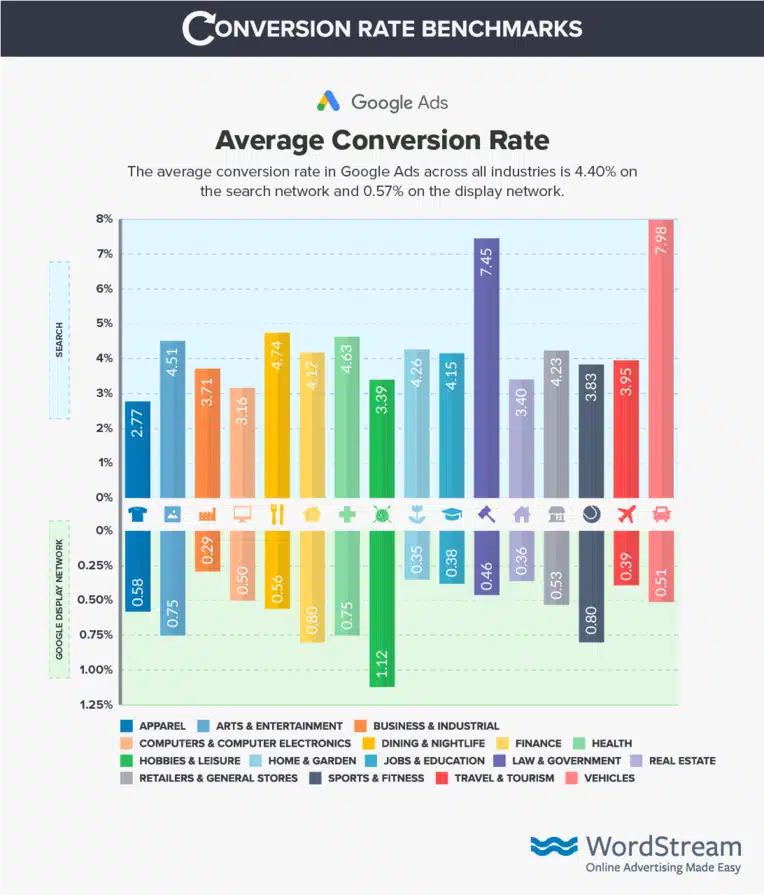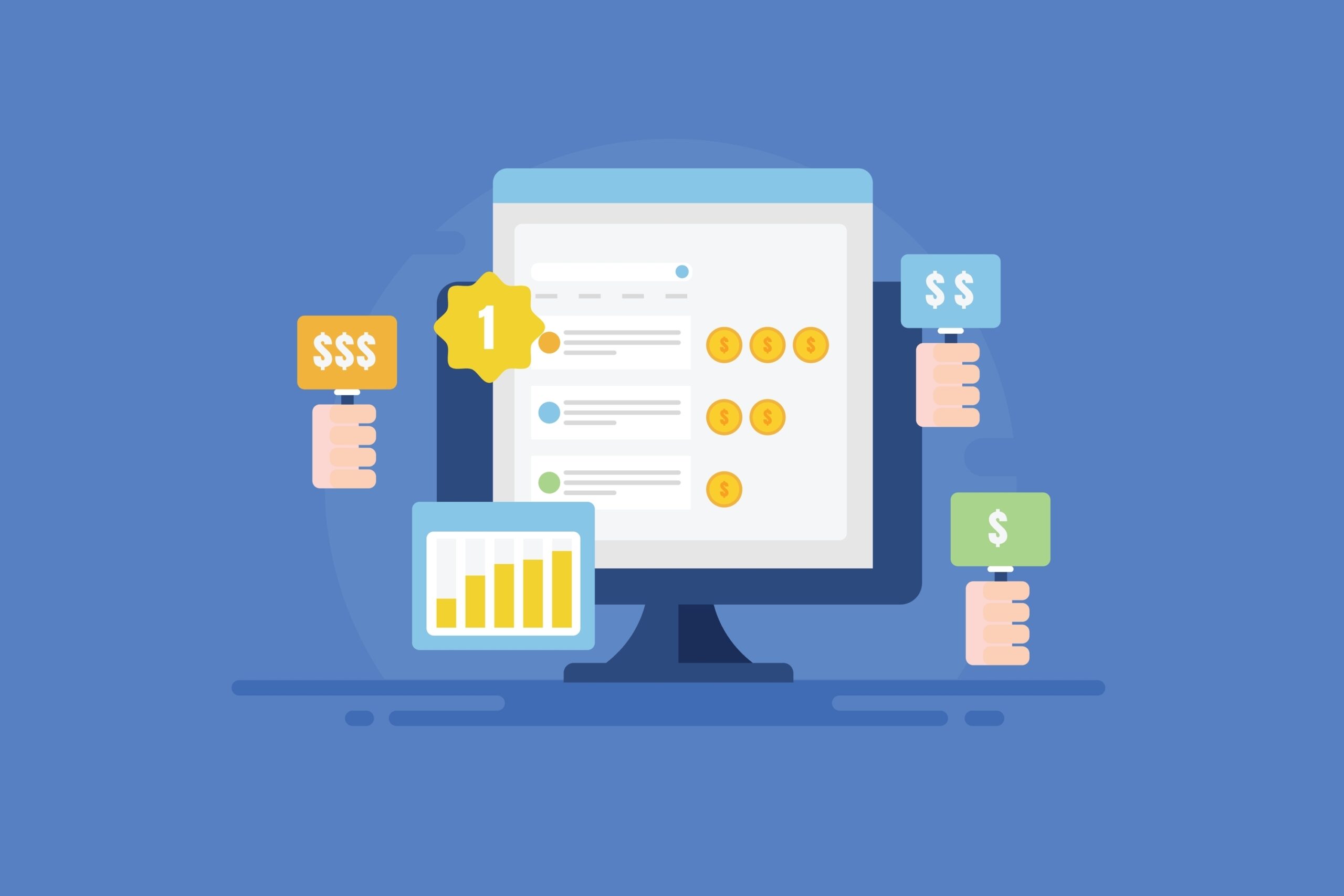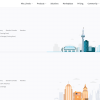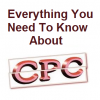Google and Meta continue to push Performance Max and Advantage Plus as the future of PPC. The pitch is simple: let their AI-driven algorithms take control of your client’s advertising budget, and they’ll determine the best placements and inventory for optimal results. You, as the advertiser, can then focus on the creative aspects—ad copy, visuals, and landing pages. For many, this sounds ideal.
But it’s not quite that simple. PPC professionals who fully commit to automation might jeopardize both campaign performance and client trust. The reality is that automation isn’t infallible—and in certain situations, such as lead generation, manual bidding often delivers better outcomes.
This article explores why full automation isn’t always the best fit and highlights the ongoing relevance of manual bidding in modern PPC strategies.
Manual Bidding Still Provides Greater Audience Control
Performance Max and Advantage Plus enable Google and Meta to serve ads across their entire ecosystems with minimal restrictions. This suits the platforms well—ensuring every piece of inventory gets monetized, regardless of its actual quality. It’s a profitable model. Meta, for example, saw a 22% profit increase at the end of 2024, partly driven by Advantage Plus adoption.
Advertisers, however, don’t always benefit the same way. Costs per click can drop significantly. Traffic can surge. But conversion rates often nosedive, as many of these new users show low intent and fail to progress through the funnel. The assumption is that higher volume compensates for lower quality—but that’s not always the case.
This is especially true in lead generation. Low-intent traffic often results in poor-quality leads, an uptick in spam and bots, and more time wasted by sales teams. Over time, this can hurt productivity and even contribute to staff attrition.
It’s important to acknowledge that not all placements are created equal. For instance, a user clicking a banner ad while browsing an article is less likely to convert than someone actively searching for a product or service. According to Wordstream, Search Ads have an average conversion rate of 4.4%, while Display Ads sit at just 0.57%. Since Display placements are a major component of Performance Max campaigns, it’s no surprise that conversion rates might drop.
Manual bidding and more traditional campaign structures allow advertisers to retain tighter control over where ads appear. They put decision-making power back in the hands of the PPC expert. Hybrid strategies like Max Conversions offer a middle ground—leveraging machine learning without fully surrendering placement control to the platforms.
Note: For eCommerce businesses—especially those selling lower-margin goods—Performance Max and Advantage Plus can perform well. Lower click costs have less impact on profitability, and high volumes can still yield good sales numbers. These products also tend to be more visually driven, making them better suited for the lower-intent inventory available through the Display network.

Manual CPC Helps Advertisers Stay Competitive
For high-margin products or services, manual CPC can be a smart approach. By bidding more strategically, advertisers can win more valuable placements—even in competitive auctions. When paired with a website that converts effectively, the added cost per click can be absorbed within the pricing strategy.
Manual bidding is also ideal for targeting niche markets. It allows for precise bidding on specific terms, enabling advertisers to prioritize the keywords that matter most. Over time, this level of control makes it easier to fine-tune performance and drive consistent results.
We saw this recently at our PPC agency in Manchester. A client’s campaign was under pressure from a new competitor gaining Impression Share. None of the automated strategies could reverse the trend. The breakthrough came when we built a campaign around high-value keywords using manual CPC, allowing us to regain traction in the auction. While lead costs increased slightly, the improved quality and offline sales outcomes more than made up for it.
Manual Bidding Works Well for New Accounts
On Google Search, automated bidding tactics like Target CPA or Maximize Conversions often require substantial historical data to function effectively—particularly for campaigns targeting Exact Match keywords. Early on, these strategies may underbid, stalling campaign momentum.
Manual CPC bypasses this issue. With no need for prior data, advertisers can set aggressive bids to gain visibility and start generating traffic. This kickstarts the performance data collection process, helping speed up the transition to automation when the timing is right.
Performance Max and Advantage Plus Pose Brand Safety Risks
Historically, advertisers criticized Google for the opaque nature of Performance Max reporting. Marketers had limited insight into where their traffic was actually coming from. Although Google recently addressed this by allowing downloads of traffic source data, the challenge remains. PMax campaigns often serve impressions across thousands of placements, making brand safety audits time-intensive. By the time harmful placements are discovered, the damage may already be done.
Both Google and Meta offer brand safety tools, but navigating them isn’t always intuitive. Automation is frequently set as the default and flagged as “recommended,” which means opting out must be done manually during campaign setup.
Another growing concern is AI-generated ad content. As a Paid Social agency, we’ve heard numerous concerns from clients—especially regarding Meta—about AI-generated copy and creatives not aligning with brand guidelines. In tightly regulated sectors like healthcare, finance, or law, this kind of mismatch can lead to legal and compliance issues, including hefty fines.
By relying more on manual or semi-automated strategies—and limiting the use of PMax and Advantage Plus—advertisers retain better control over brand representation. It ensures that messaging, visuals, and placements remain in safe and professional hands.
Final Thoughts
While the capabilities of PMax and Advantage Plus are evolving, manual bidding strategies remain a vital part of PPC success. In lead generation especially, manual control often delivers better quality leads—both online and offline.
Fully embracing automation can lead to trade-offs: lower traffic quality, reduced control in auctions, optimization hurdles, and potential brand safety problems.
The future may bring more sophisticated automation tools that handle these issues better, but that day isn’t here yet. For now, advertisers still benefit from manual and semi-automated bidding—especially when guided by agencies that know how to use them wisely.




